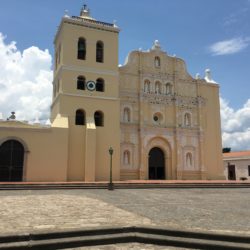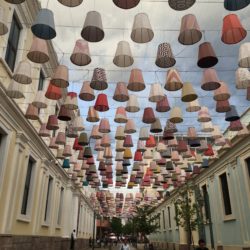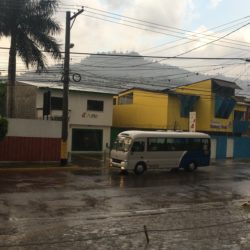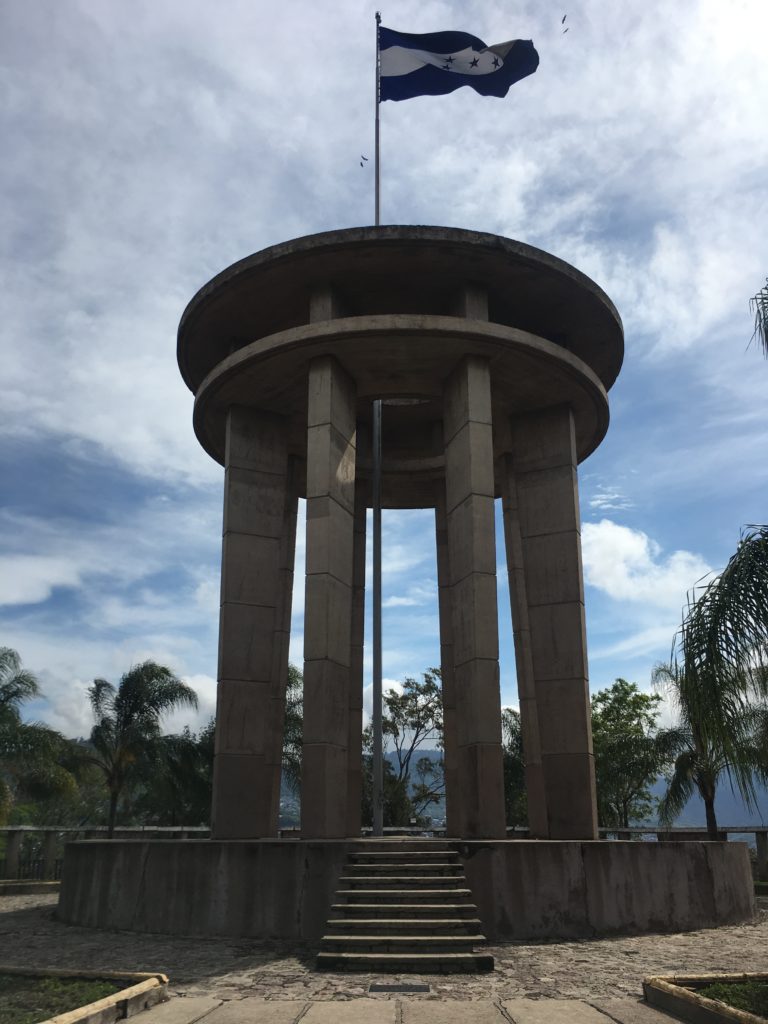
In 2011, Hondurans were asked to vote for what they believed to be the number one symbol of Tegucigalpa. After several rounds of ballots, the field was narrowed down, and when the dust settled, the Monumento a la Paz (Monument of Peace) stood alone. Even more impressive is the fact that the Monumento a la Paz has only been around since 1994; the citizens were clearly swayed more by the message behind the monument than by opting for an older, more historic site.
The Monumento a la Paz is situated on a high hill just south of El Centro (downtown). For years the trail up to the monument was known for being dangerous and one that you couldn’t hike up alone- even in broad daylight. The municipal government eventually decided it was time to take action and recently revamped the entire area. A newly paved foot and bike path was installed halfway up the hill and security guards now monitor the entrance, trails and the monument itself. The only thing to fear nowadays is the oppressive afternoon sun; if you make the climb, make sure to take plenty of water and beat the heat by taking a morning hike.
The park is open daily from 5:30-17:00, encouraging lots of joggers and dog walkers to get their early morning exercise in before heading off to work. I felt like I was in a sitcom, what with my sweaty brow and labored breathing, while locals trotted past me up the hill, cheerfully shouting, “Buenas!” as they whizzed by.
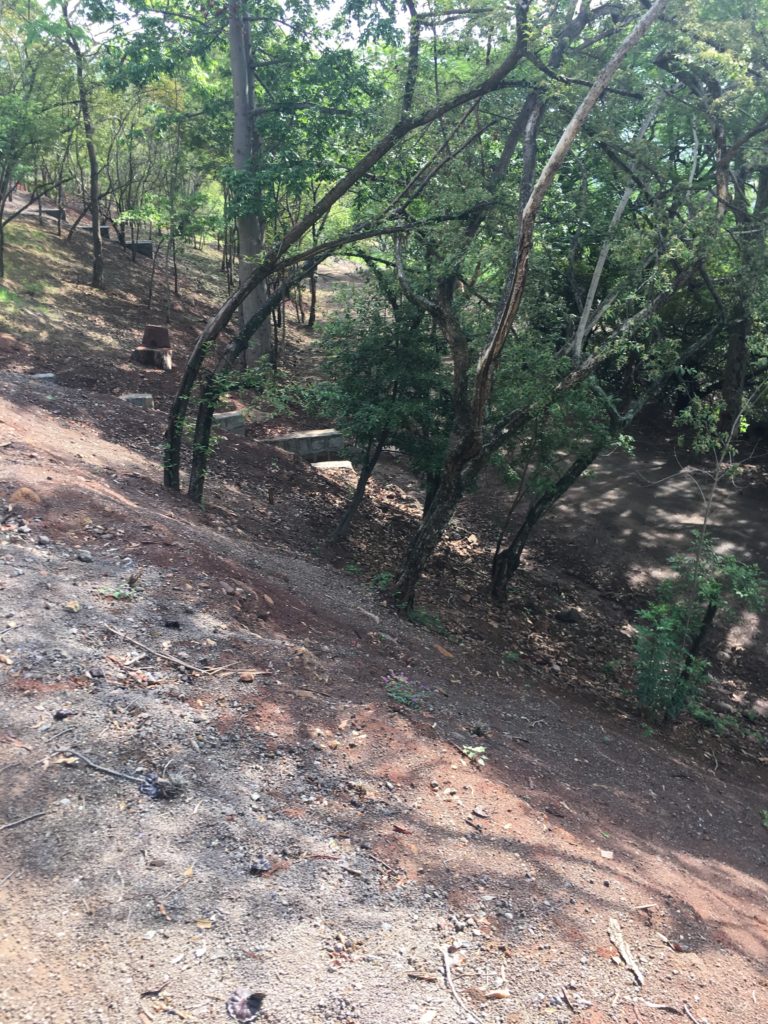
The trail to the top is comprised of dirt and stone, so make sure you’re wearing appropriate footwear before setting out. The paved ring around the hill is relatively flat and a nice way to catch your breath before finishing the climb to the monument. Benches are scattered along the ring, providing ample opportunities to soak up the 360-degree views of the capital. There’s even a new children’s playground in an attempt to make the area more family-friendly.
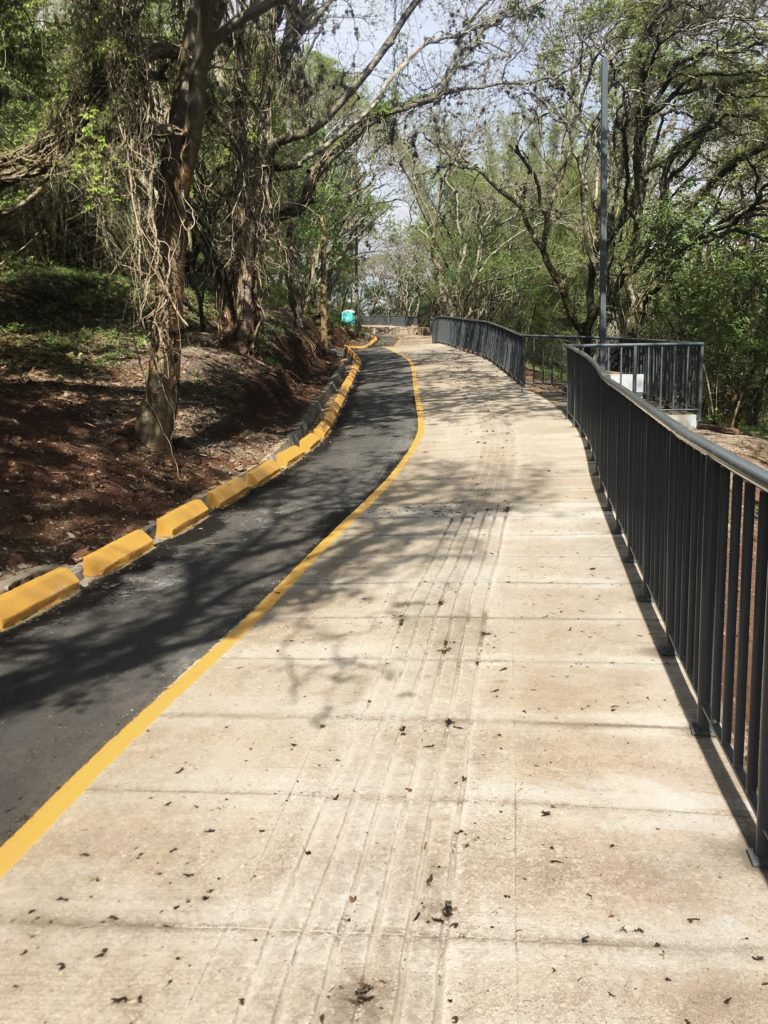
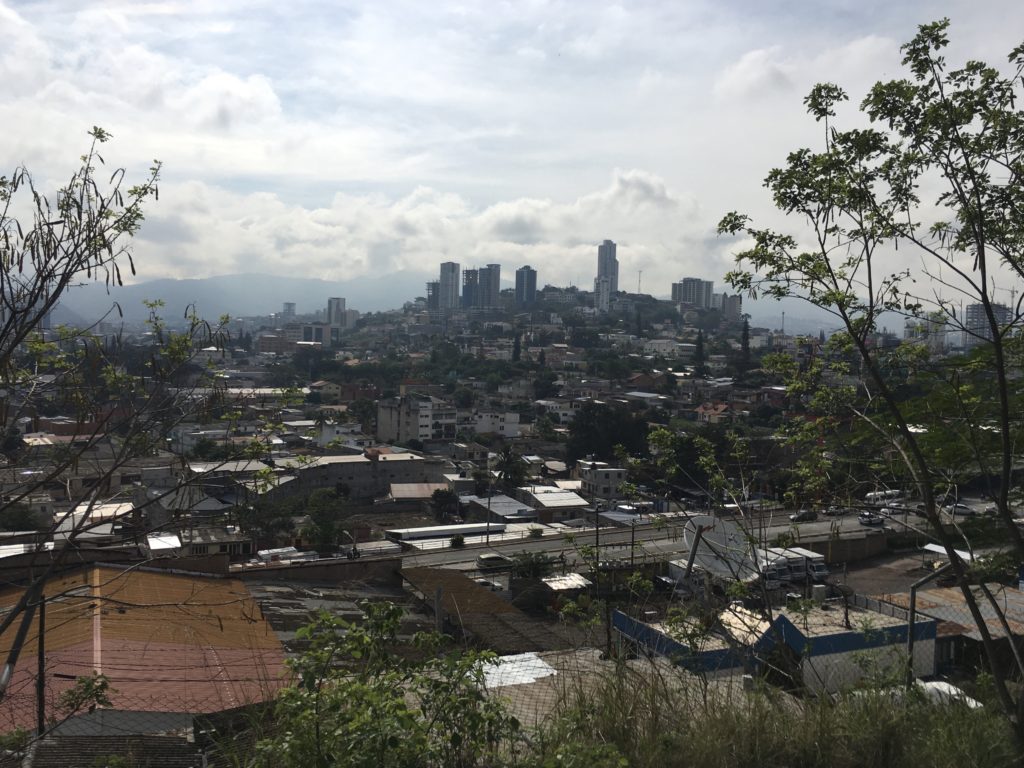
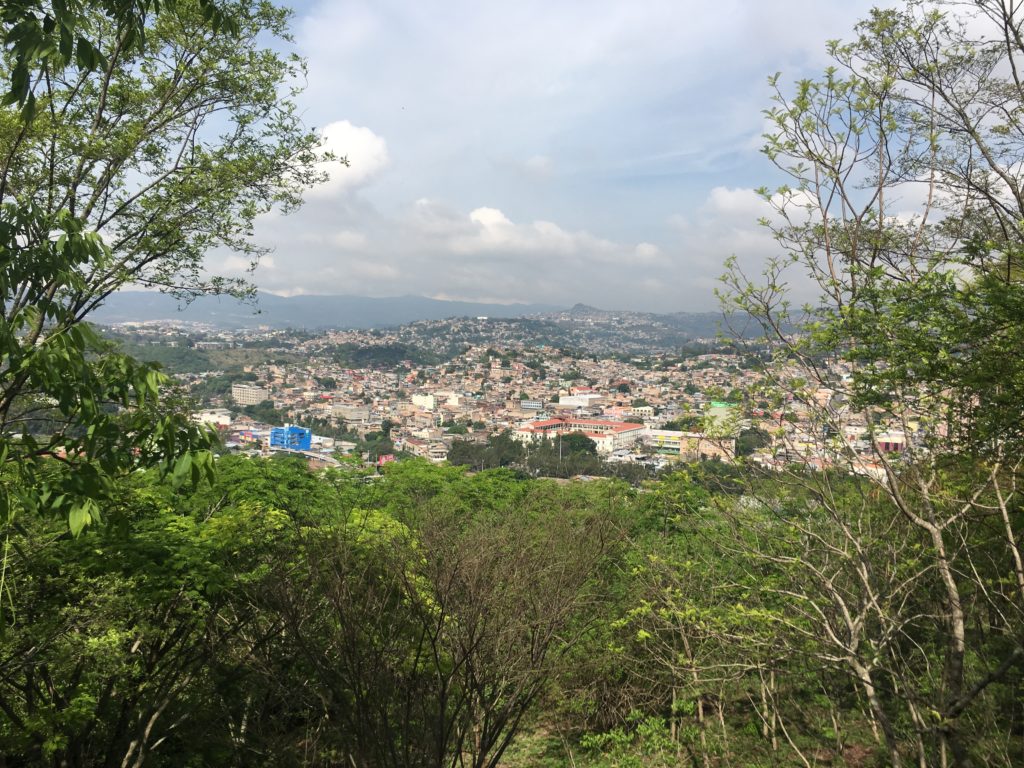
The park contains a wide range for flora, including massive stalks of bamboo and bright orange flame trees. It’s described as an “urbano-natural de la capital” and really lives up to its name. Tegucigalpa may not be wrestling my vote for greenest world capital away from Ljubljana anytime soon, but the park is a step in the right direction, acting as an environmental escape for locals and visitors alike who desire some respite from the concrete and chaos of the city.

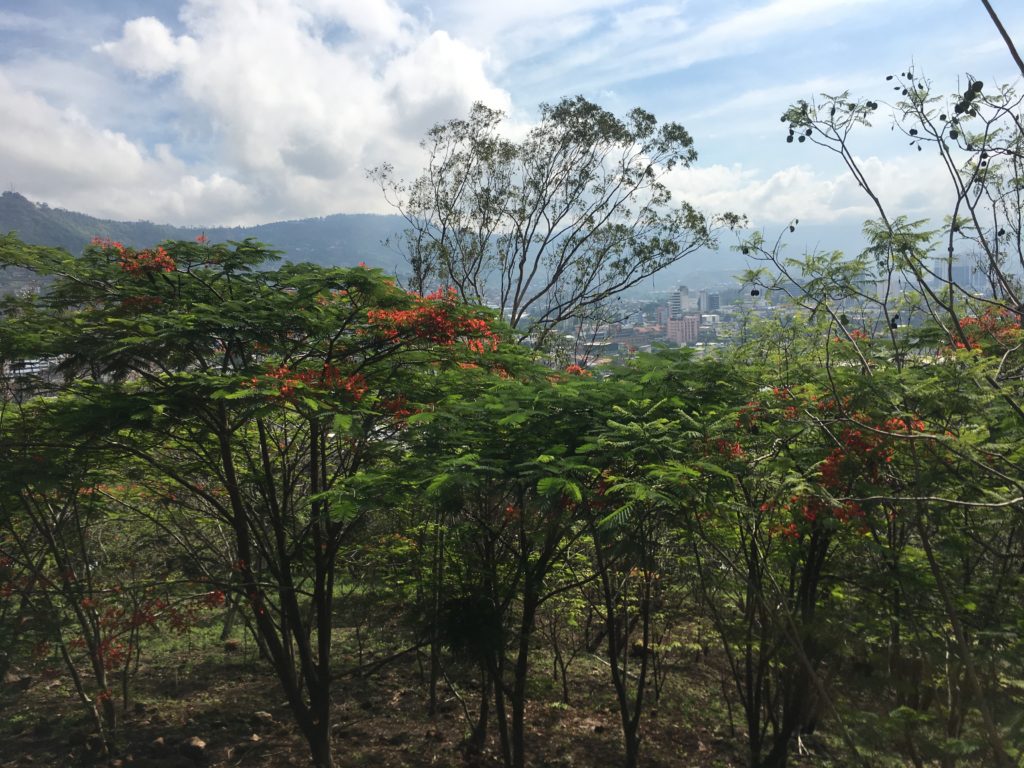
As I mentioned, the monument itself was inaugurated in 1994 in celebration of Tegucigalpa’s 433 birthday. The following inscription (loosely translated) commemorated the event: We, the children of this country, buried our toys of war, as a symbol that we renounce forever the instruments of death and embrace the cause of peace, as a promise of life for ourselves and the children yet to come. Let’s all embrace the culture of peace.
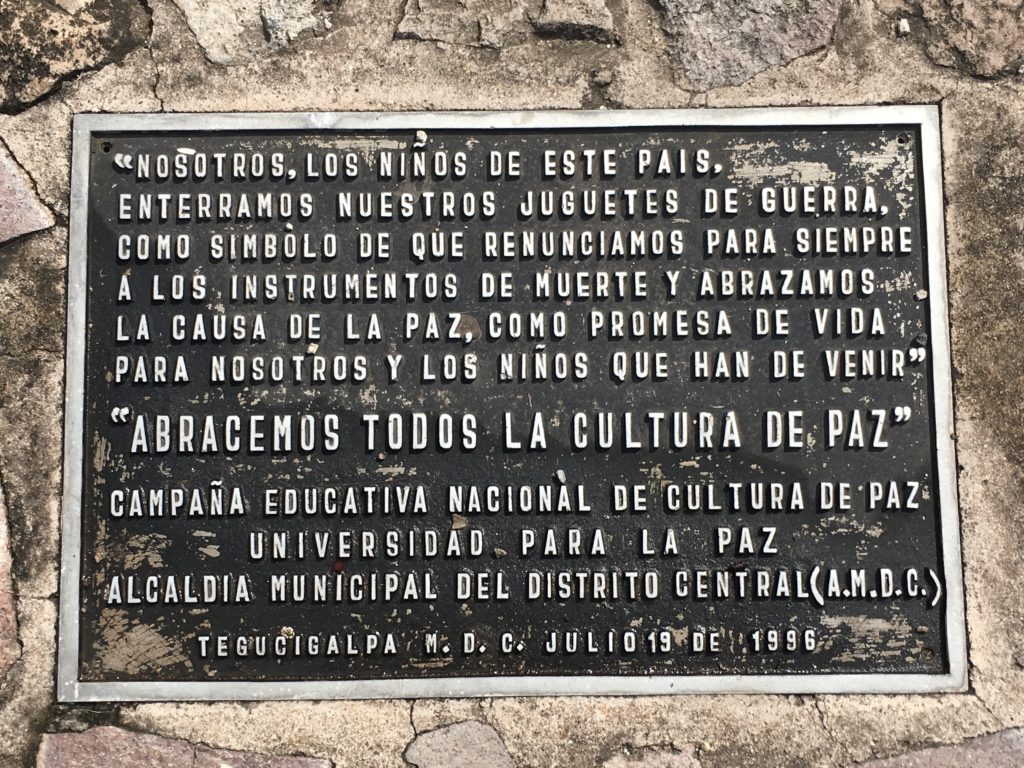
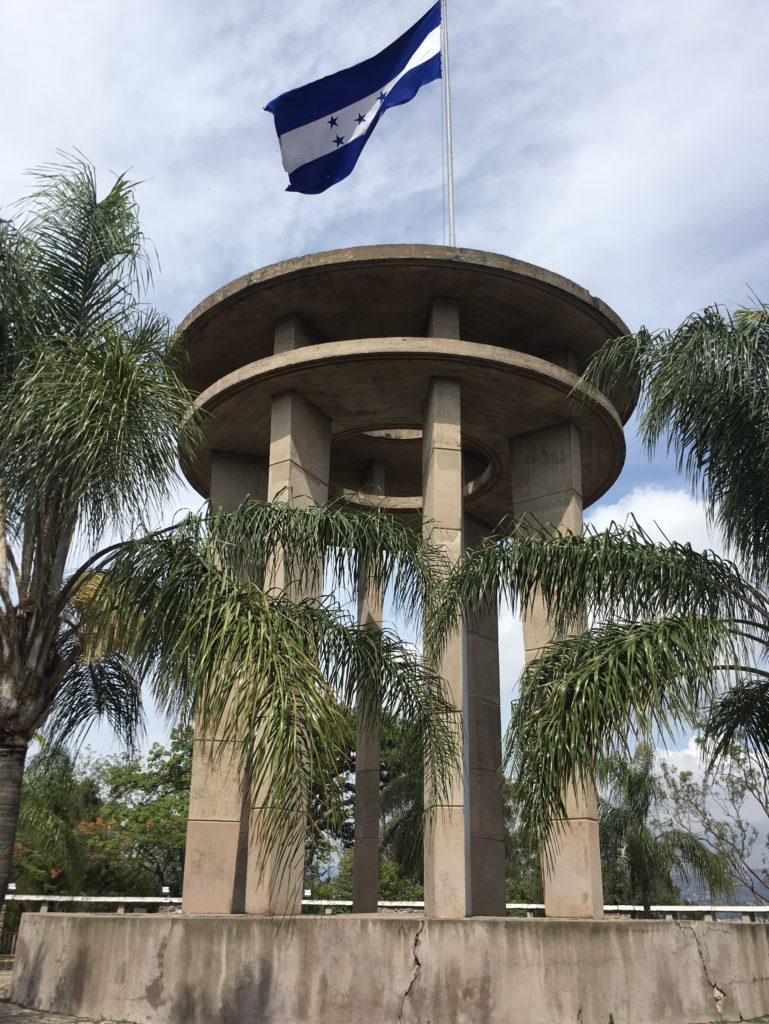
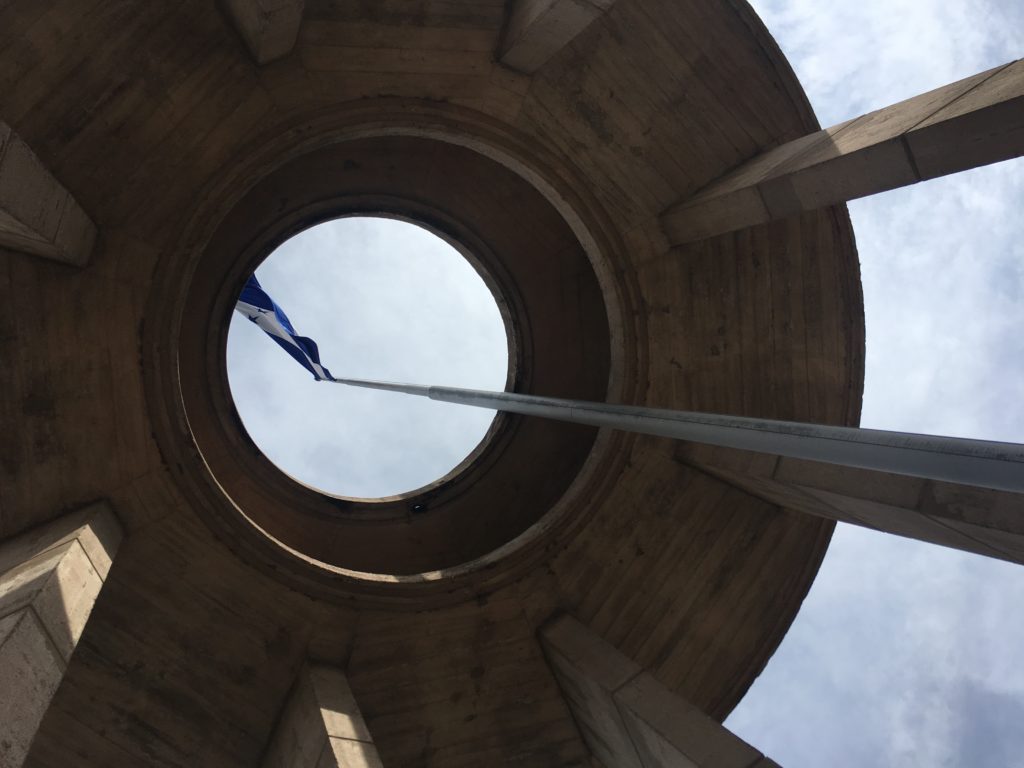
The entrance to the park is right next to the National Stadium; from the monument you get such a clear view of the football/soccer field that people sometimes make the climb just to catch a match for free. To the right of the stadium you can see a bunch of blue tarps which provide shelter for one of the largest markets in the city. One of the benefits of a birdseye view in any city is that you can easily map out the rest of your day over the urban landscape. This is especially true in a place like Tegucigalpa that isn’t set up in a grid-like fashion. You may have walked through the city, but now it all clicks: oh, there’s the cathedral, there’s the stadium, there’s the congress building- ok, now I get it.
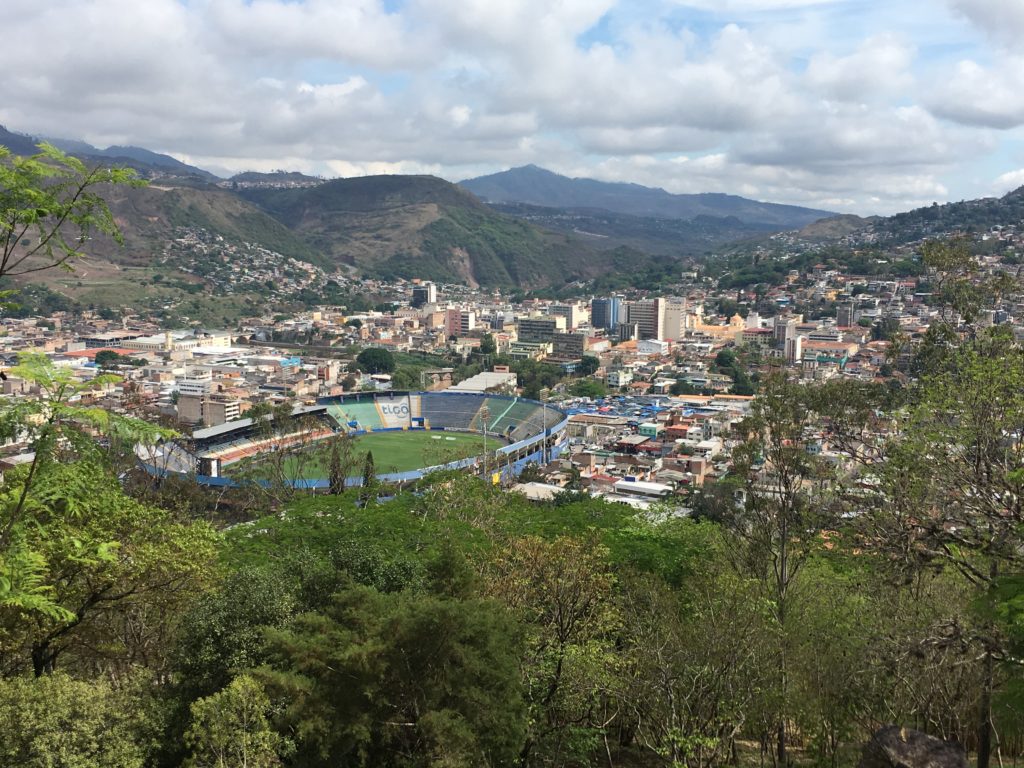
I applaud the great efforts made to clean up the park and make it safe to explore. I agree with the people’s decision to vote the Monumento a la Paz the symbol of the city, but not just because it represents peace. The transformation of the area from sketchy (at best) to safe for grandma is a sign that Tegucigalpa is on an upward trajectory. The grittiness is still there, but the danger is giving way to a cool, urban vibe that made this New Yorker feel right at home.
